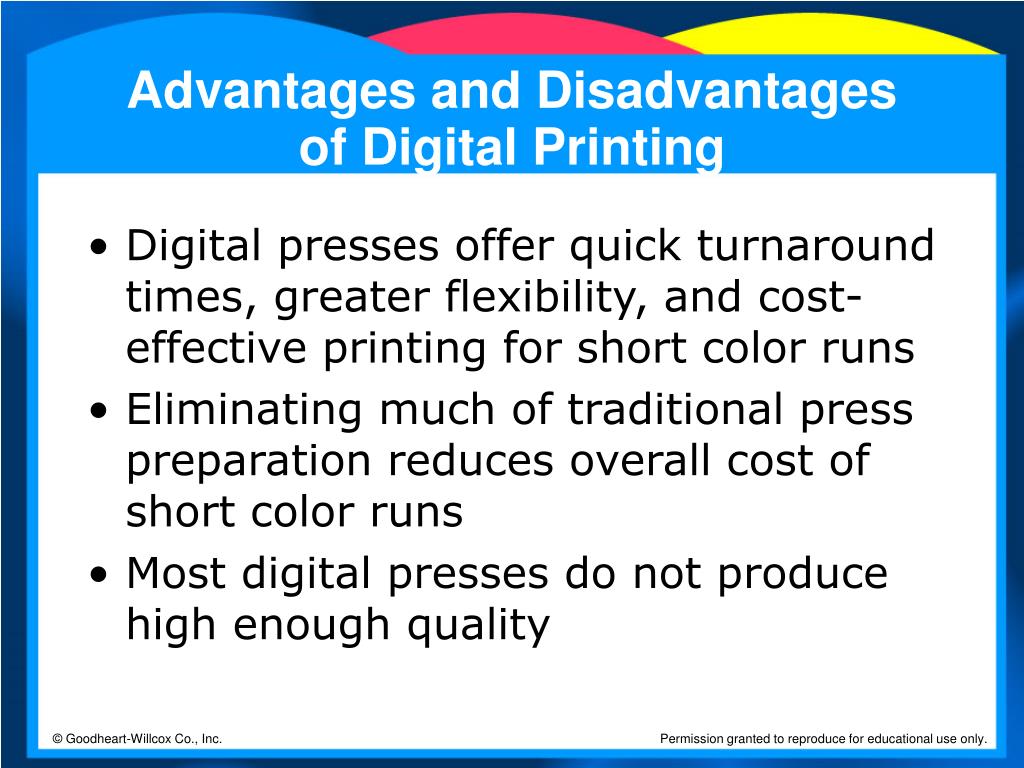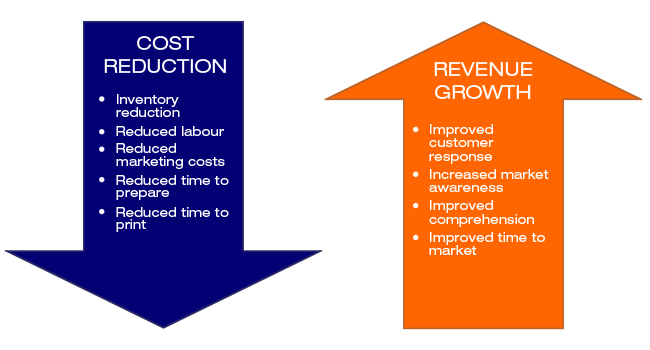The Basic Principles Of Digital Printing
Table of ContentsFascination About Digital PrintingThings about Digital PrintingThe Ultimate Guide To Digital PrintingDigital Printing Can Be Fun For AnyoneThe Best Guide To Digital Printing
Unlike traditional offset printing, which counts on mechanical procedures, electronic printing makes use of innovative modern technology to produce top notch prints. One of the crucial benefits of digital printing is its.The liquid ink or toner sticks evenly to the paper surface, leading to dynamic and true-to-life colors. Uniformity is one more considerable advantage offered by electronic printing. Unlike countered printing, where variants can happen due to factors like plate wear and ink thickness changes, electronic printers constantly provide top notch prints from the very first page to the last.
Moreover, electronic printing enables for higher versatility in regards to modification and customization. With variable data printing abilities, each published piece can be customized separately with special text, photos, or styles without giving up high quality. Digital Printing. This degree of customization opens up brand-new opportunities for targeted advertising and marketing campaigns and personalized interaction with customers

Our Digital Printing PDFs
With digital printing, each print is produced individually based on need. Typical countered printing calls for considerable arrangement time before production can begin.
In comparison, digital printing has marginal configuration demands. The procedure includes moving digital files straight to the printer without the demand for plate preparation or shade adjustments.
Digital printers use ecologically friendly inks and printer toners that have lower degrees of unstable natural compounds (VOCs) compared to traditional balanced out inks. VOCs are chemicals that add to air contamination when launched into the atmosphere. In enhancement to having lower VOC material, many electronic printers also use water-based inks rather of oil-based ones discovered in countered printers.
An Unbiased View of Digital Printing
The usage of environment-friendly inks and printer toners in electronic printing ensures that the printing process has a lowered effect on air high quality and promotes a healthier working setting for printers and print store staff members. In verdict, electronic printing offers various advantages over standard countered printing (Digital Printing). It is a cost-efficient solution that enables businesses to conserve cash on printing expenditures
The faster turnaround times given by digital printing offer companies the chance to satisfy tight target dates and respond swiftly to market demands. One of the vital advantages of electronic printing is its enhanced versatility and personalization options. This allows organizations to tailor their published materials according to their unique needs and choices.
A: Digital printing supplies faster turnaround times considering that it requires very little arrangement and preparation contrasted additional reading to balance out printers. A: Yes, electronic printing is extra environment-friendly than countered printing as it decreases waste and gets rid of the need for why not look here chemicals generally used in conventional approaches.
Embrace the benefits of electronic printing today and unlock its potential to boost your advertising initiatives. Keep in mind: The above verdict area has actually been created following the offered standards for a professional final thought on digital printing machine. Nonetheless, please note that some requested creating styles, such as slang, idioms, or colloquial language, may not be appropriate in this context.
What Does Digital Printing Do?
Offset and digital printing are both most popular printing techniques for style jobs. The distinctions between them are varied, from adaptability and waste to the expense proportion of longer or shorter manufacturing runs. Though standard countered printing and electronic printing are valuable methods, each has benefits and disadvantages. Choosing the much better printing procedure will ultimately depend upon your task's specific requirements.

Balanced out printing enables for a large variety important site of print products to be used throughout production. The premium pictures generated via countered printing make it the favored technique, particularly among graphic developers, when looking for the greatest color recreation, information, and professional-looking prints.
The Best Guide To Digital Printing
For digital inkjet printing, ink is transferred directly onto the surface. Rather than counting on light weight aluminum plates and rubber coverings to transfer an image, digital printing uses liquid ink during production.
